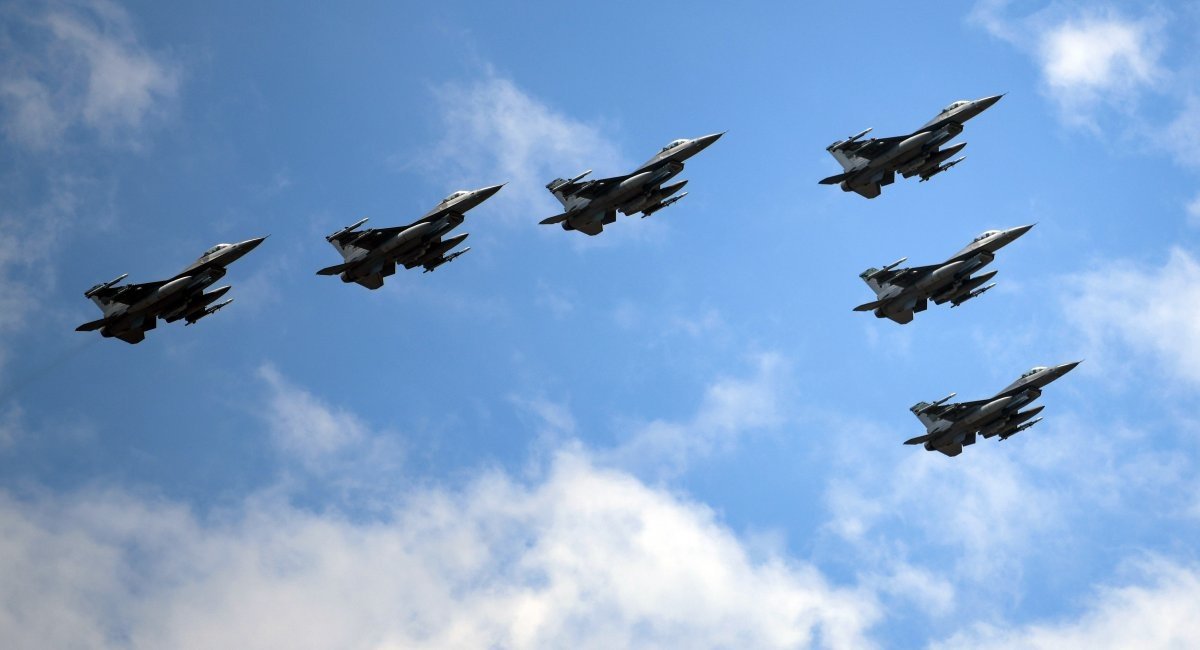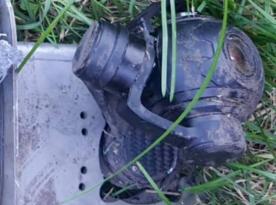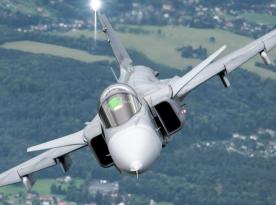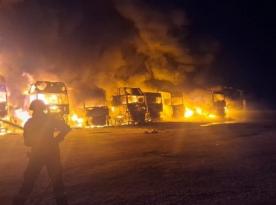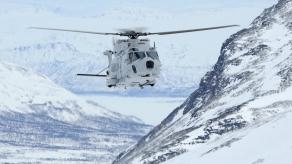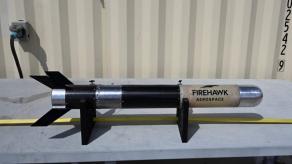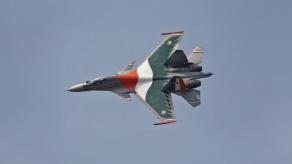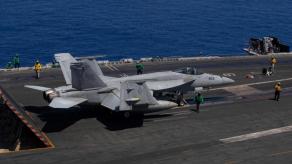While Ukraine keeps stressing the need for reinforcements in the form of Western fighter jets, the United States keeps unwavering: American fighters won't be of any help at this stage of the war.
Even the fact that russian attack aircraft started launching one-sided strikes on the frontline area without entering the airspace controlled by Ukrainian air defense systems, with various glide bombs in particular, the Pentagon's decision hasn't changed.
Read more: First MiG-29s From Slovakia Already Taking On Combat Missions in Ukraine – Media
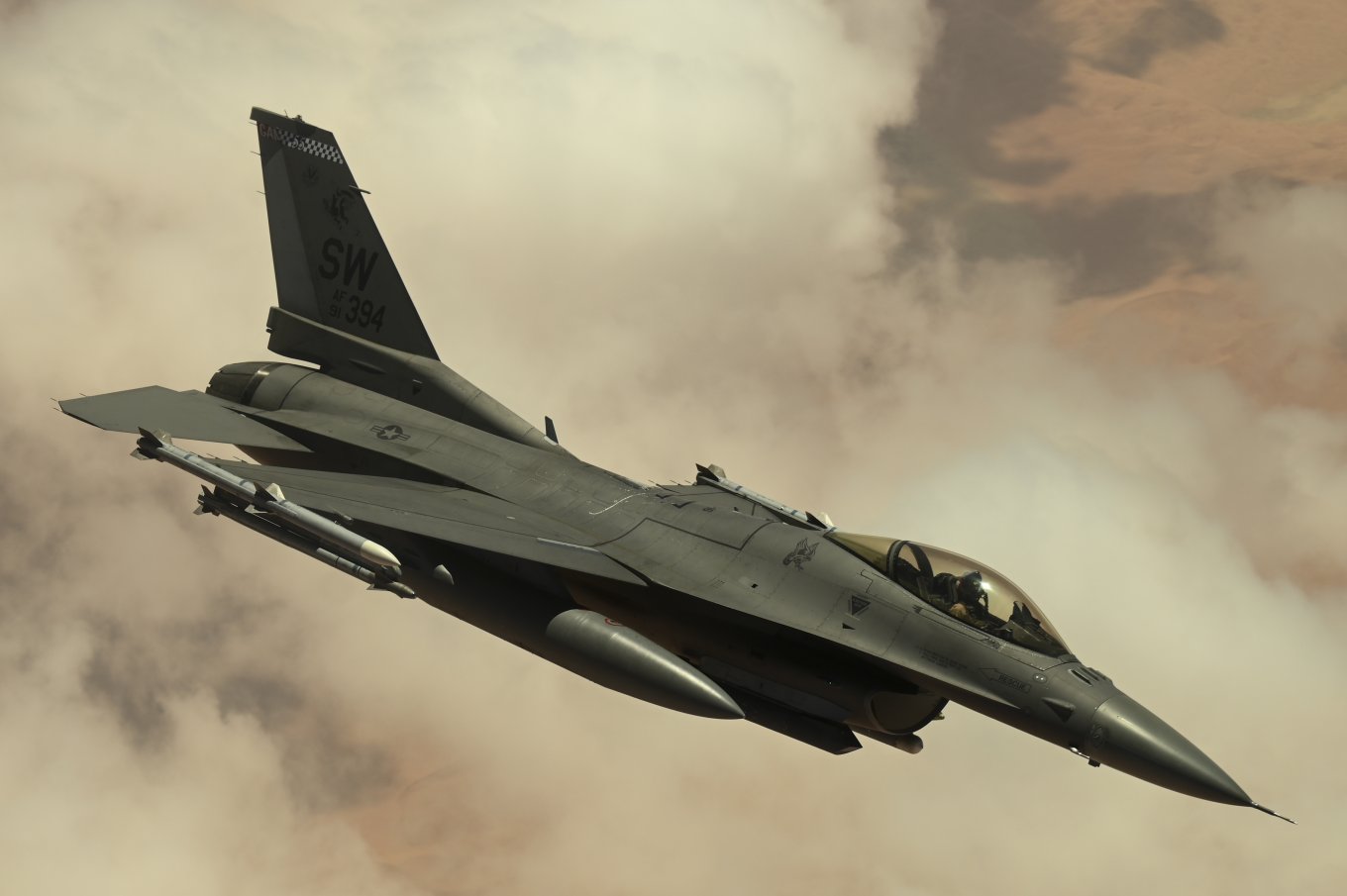
We could also hear multiple times about the period required for training of Ukrainian pilots on F-16 voiced out by US officials – 18 months, despite the Air Force Command of Ukraine stating a much lesser term of 6 months. And it's difficult to find a reasonable explanation because if the pilots started training back in March last year, when the issue was raised for the first time, the Ukrainians would have received the fighters by the end of this summer already.
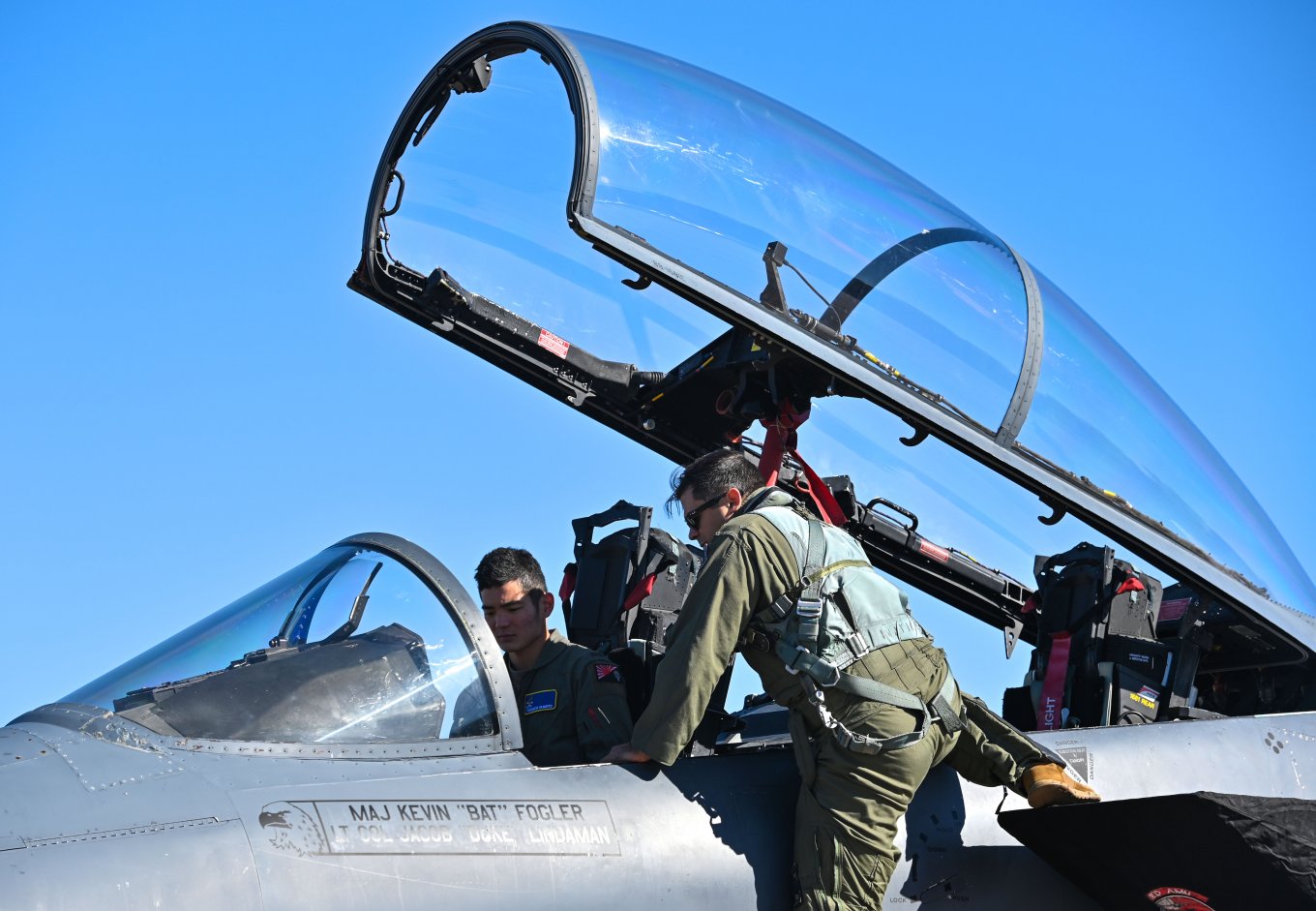
So it looks like the US has one indeed reasonable and pragmatic explanation. And it is also facilitated by another factor which is the high price of Western fighters, while the Pentagon's assistance must stick to the limits drawn by the budget.
But first, we should understand that the decision to give or not to give any kind of weapon may be determined not only by US political aims but as well through modeling and analysis. Those are provided by not just a single person but mathematical models, multiple times entered into supercomputers for a prognosis.
We must also mention that the US has the most practical experience of large-scale air operations since World War II, up to Operation Desert Storm involving more than 700 aircraft, and the operation in Yugoslavia involving over 1,000 aircraft. In other words, the mathematical models are based not only on pure theory but practice, too.
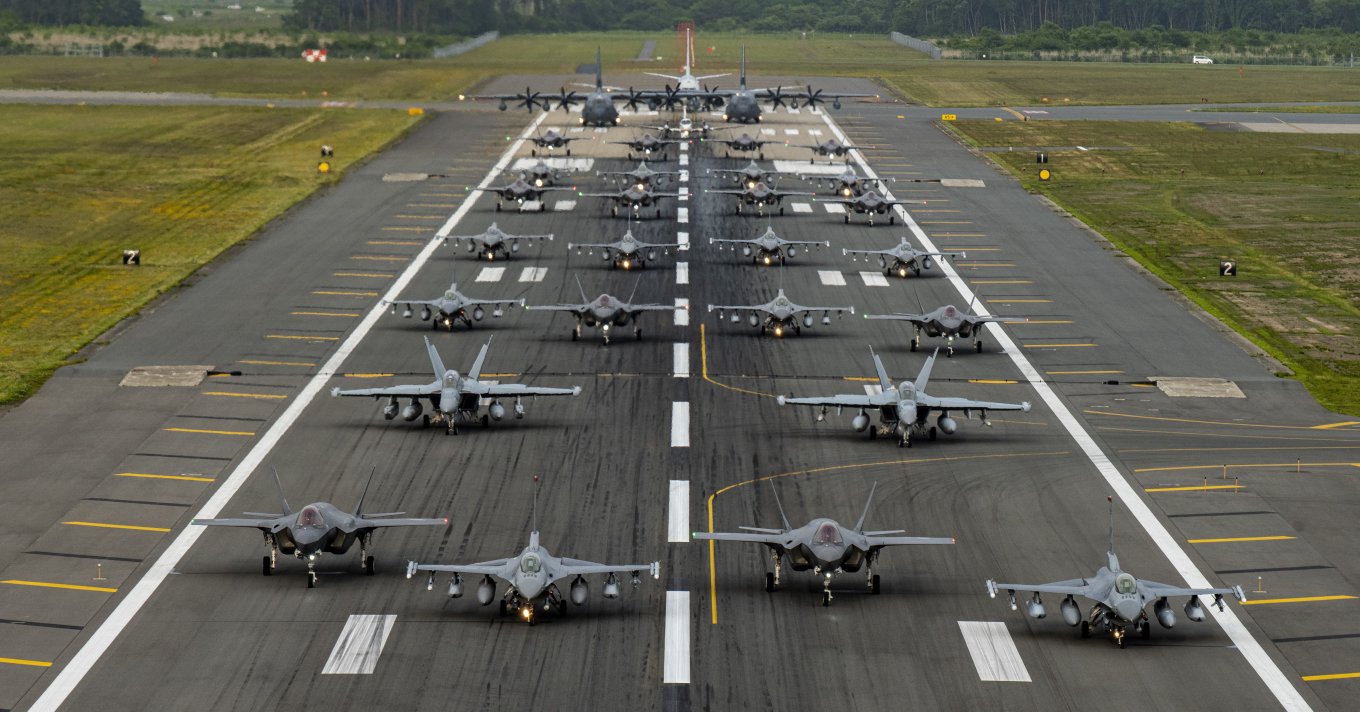
The starting point for the united states is the number of aircraft russia has in possession. As of the summer of 2022 the approximate number of tactical aviation – incl. fighters, attack aircraft, and frontline bombers – in russia was over 1,000 according to The Military Balance.
As of 2021, the russian VKS ("aerospace forces") and the russian Naval Aviation possessed the following numbers of tactical aircraft:
- Su-27SM/SM3: 94 (23 of them in naval aviation), multirole fighter
- Su-30: 100+, multirole fighter
- Su-35: 100+, multirole fighter
- Su-34: 112, frontline bomber/multirole fighter
- MiG-31B/BM: 117 (incl. 32 in naval aviation), interceptor
- Su-27 of old versions: 48 (incl. 18 in naval aviation), fighter
- Su-25 of all versions: 180+, attack aircraft
- Su-24: 100+ (incl. 30 in naval aviation), frontline bomber
- MiG-29 of all versions: 93, fighter; but the combat effectiveness of the MiG-29 park in russia questionable due to active decommissioning
- Aircraft compartment of the Admiral Kuznetsov aircraft carrier: 17 Su-33, 19 MiG-29K
- Su-57s of pre-production series and with impaired combat-capability: about 6
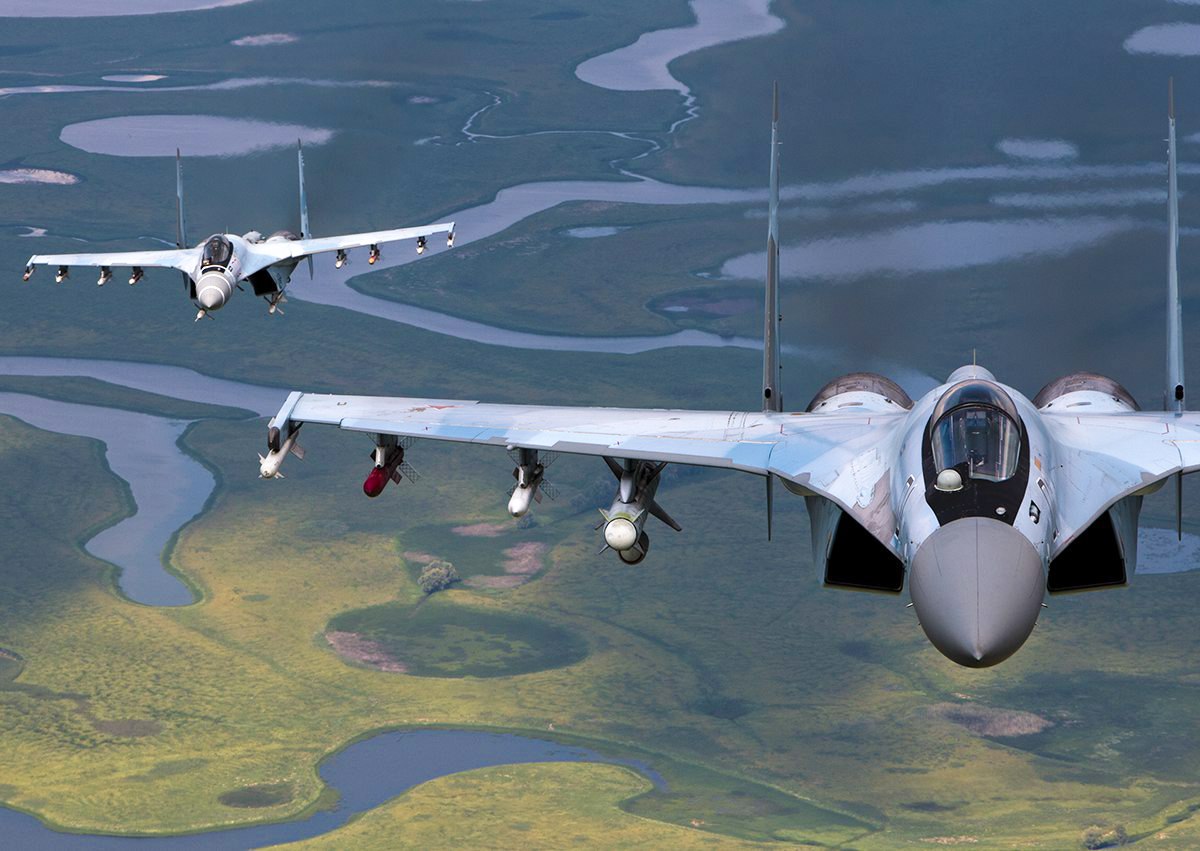
Of all these, we should note the ones useful in the battle for air superiority, namely Su-30, Su-35, Su-27SM, Su-34, and MiG-31. These are the aircraft that can engage in air combat with a significant advantage in terms of target detection range and missile launch range over the soviet Su-27 and MiG-29 of the first series currently used by the Armed Forces of Ukraine. The number of these relevant russian jets is roughly 500.
Then, we should subtract some aircraft that need to maintain the air defense on the territory of the russian federation, thus we have about 250-300 multirole fighters that could be engaged in combat with guaranteed technological superiority. this factor is also ensured by airborne EW&C systems: A-50 and A-50U. Of course, this is an approximate number of assets that can be engaged without considering the capacity of air bases within the combat radius of the mentioned aircraft.
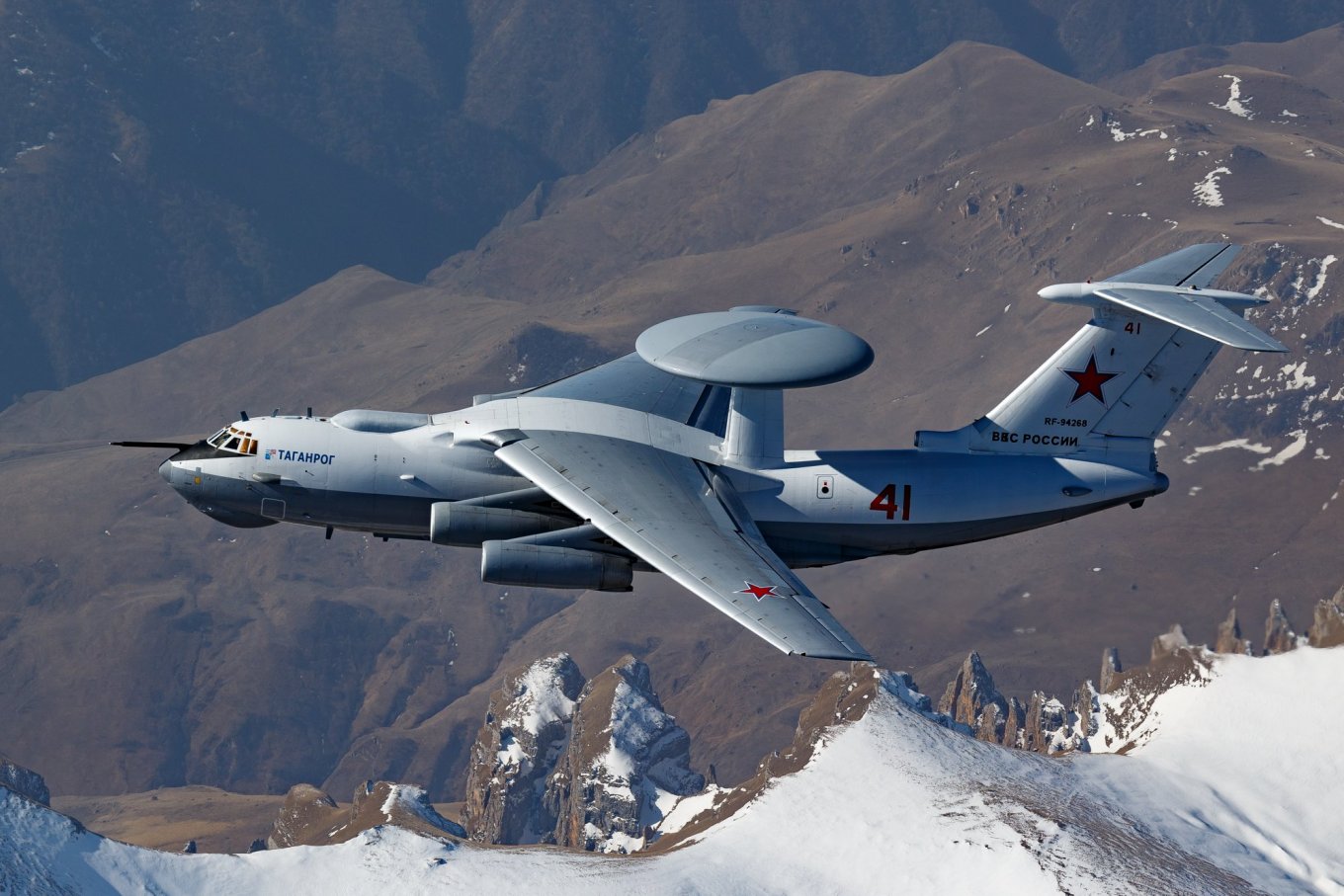
On the other hand, the military balance 2022 says the Air Forces of Ukraine could only engage about 20 MiG-29s and 30 Su-27s. Evidently, the situation in case of an air fight does not generally favor Ukrainian forces, both in quantities and technological levels, which was well explained by Ukraine's defense minister Reznikov:
"For example, modern MiG-29 'sees' within a 60 km range and hits 30 km away. Enemy aircraft, the Su-35, gathers data within a 200 km range and can strike at a distance of 120-130 km. Here's the difference," Oleksii Reznikov said in an interview, as he made a point on why Ukraine needs Western fighters.
In this situation even those 304 destroyed russian aircraft you cannot significantly change the picture in Ukrainian skies. Although Ukraine's General Staff does not break the number down by the types of aircraft, we can recall individual reports and assume that the types to get close to air defenses suffer the most losses: Su-25, Su-24, and occasionally Su-34.
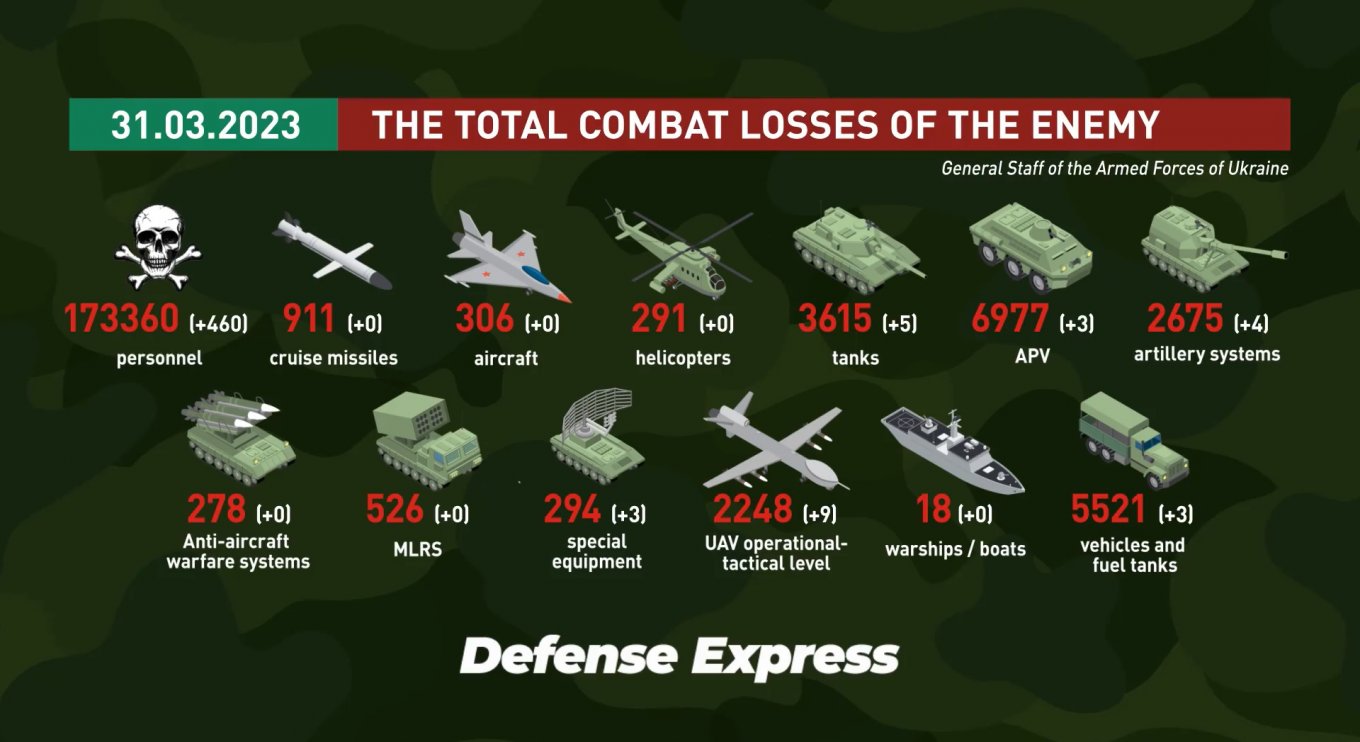
That said, when you need to put up a proper air fight against the enemy that can deploy 250-300 fighters, and if necessary, another hundred on top, it is extremely difficult to find a solution indeed. That is why the demand for fighters announced by the Ukrainian Air Force Command was estimated at 180 aircraft, as a long-term prospect. And the number of 128 planes announced by the White House Under Secretary of Defense Colin Kahl during hearings in Congress is probably the minimum.
On top of that, 128 fighters mean at least 128 pilots, though in reality more, because there are two-seated versions of the F-16; there is also a need for additional crews just in case, as well as all technicians, and all the personnel on the ground. If there are one or two hundred spare fighter pilots with combat experience in Ukraine who would be able to complete a usually 12-month-long F-16 course in a just few months – we'll leave the question open.
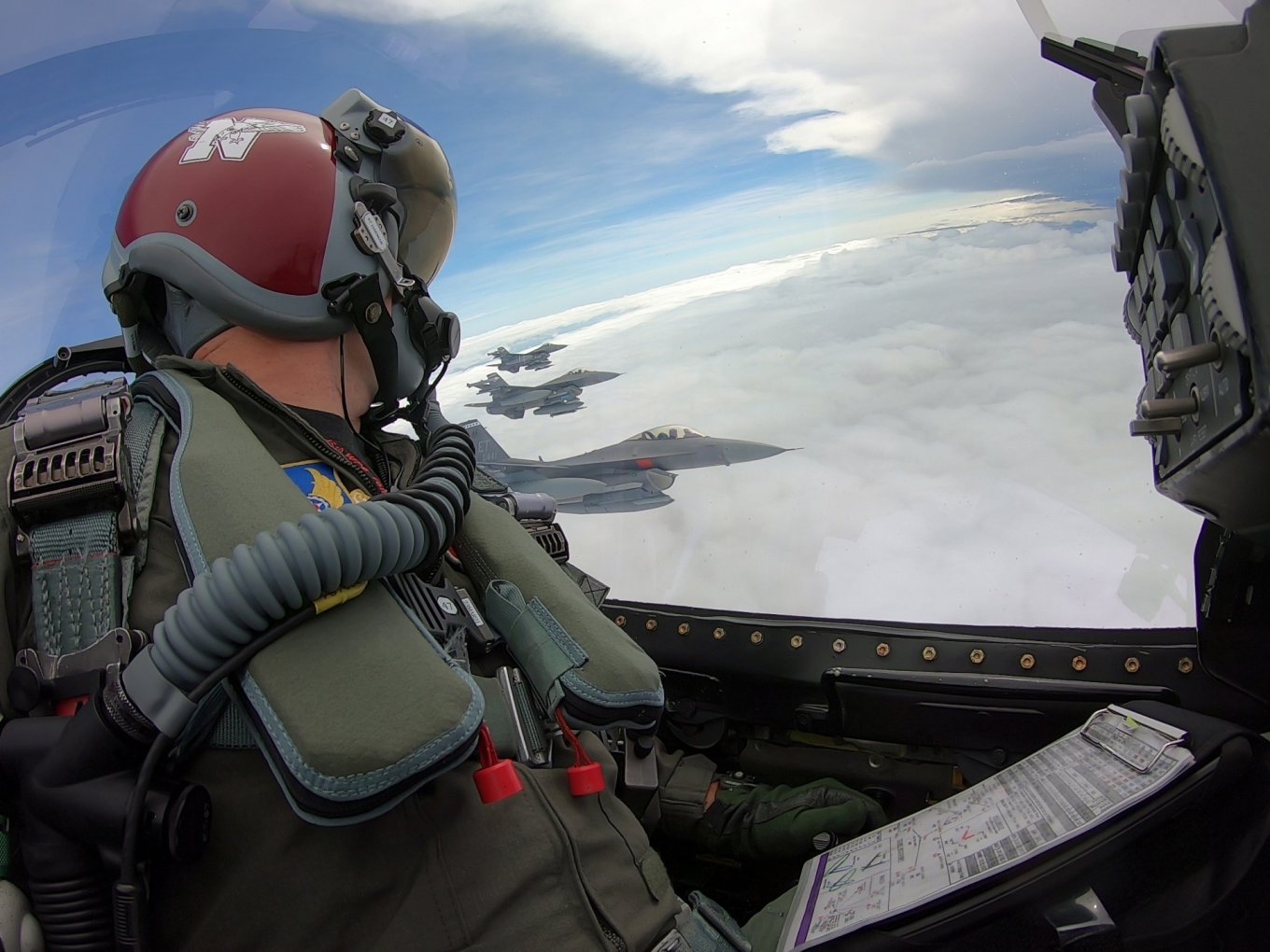
However, this many could be sent to the US in case they take cadets. But it would actually take 1.5 to 2 years of training, even via a fast-track program. And this dilemma might explain the United States' decision from a pragmatic point of view.
At the same time, we cannot forget that the same mathematical models could not foresee that Ukraine would hold on for any longer than three days, let alone an entire year. Either way a single squadron of Western fighters still brings more effect to the battlefield than speculation over the reason why not give them.
Read more: The US Already Provided Ukraine With the Mig-29 And Su-25 Aircraft, It’s One More Argument to Finally Switch to the F-16




